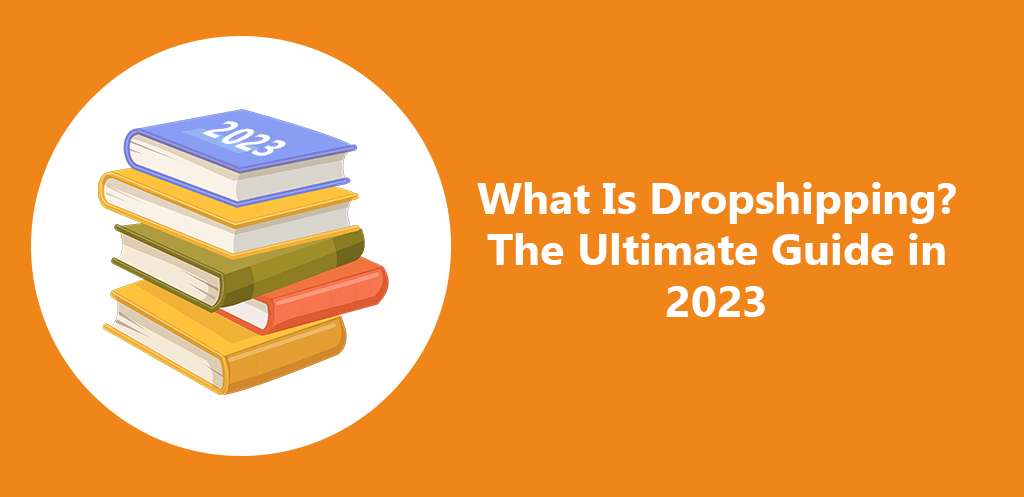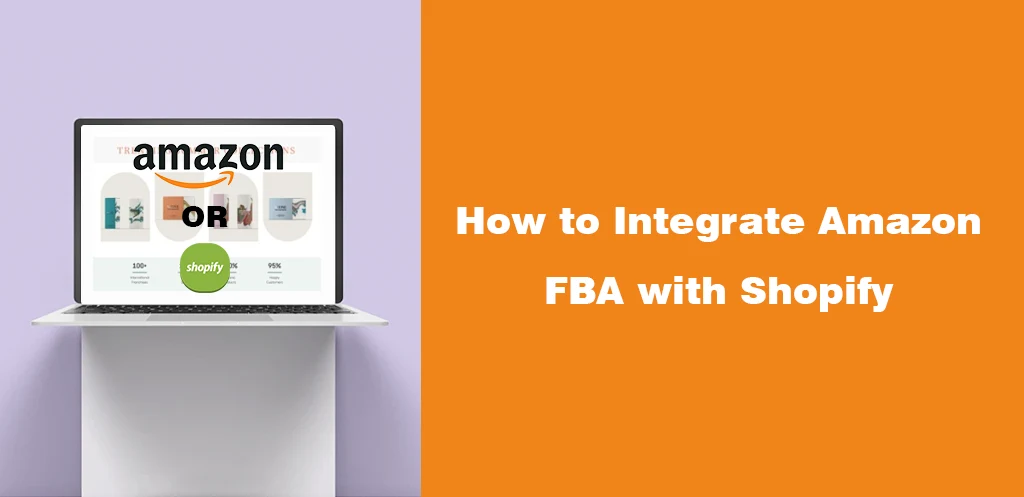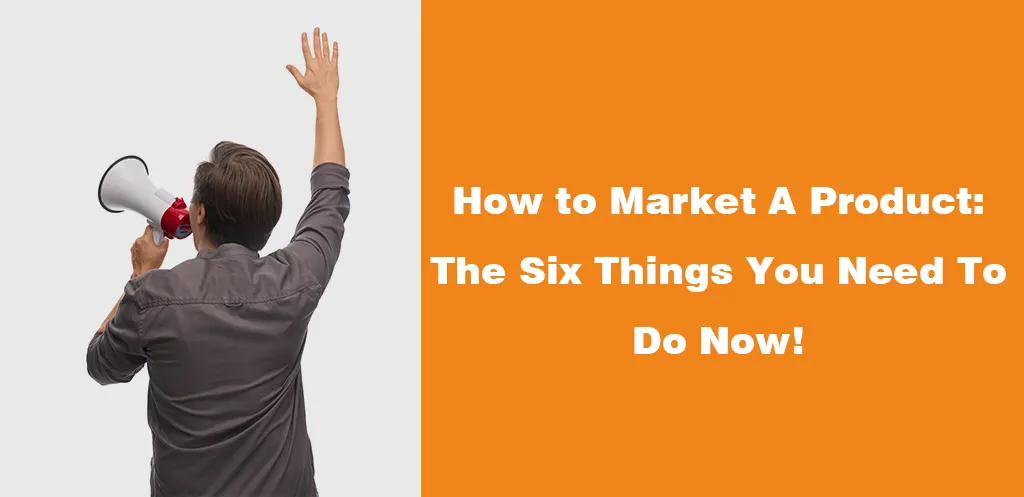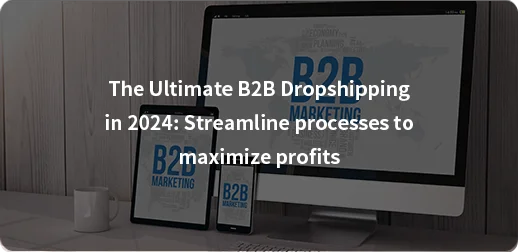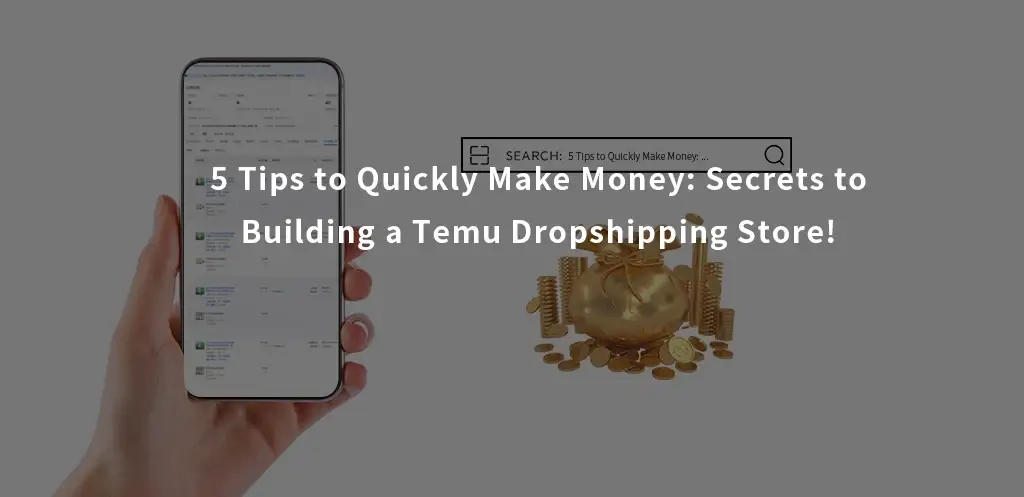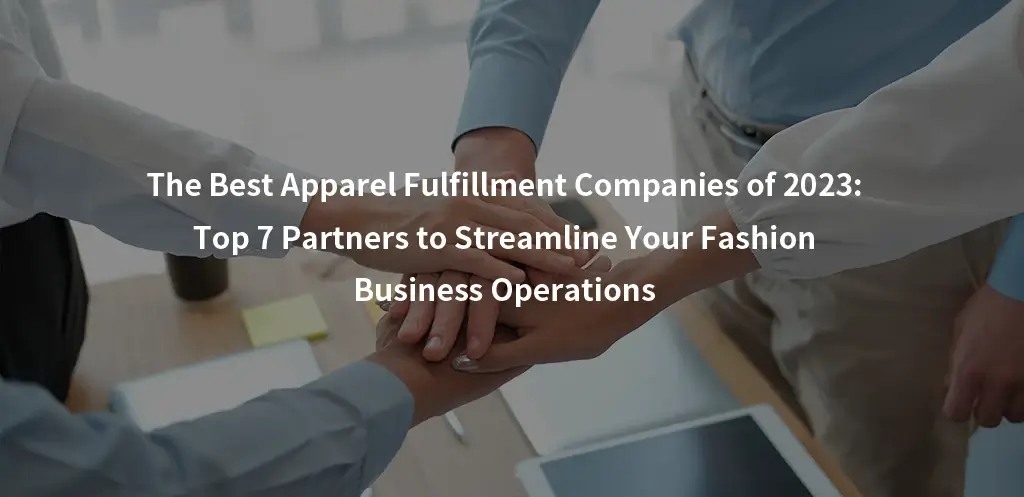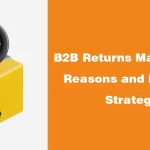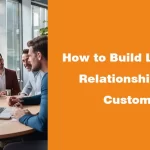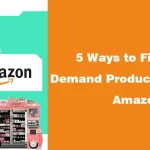If you’re new to the supply chain industry, you probably have a lot of questions about B2B fulfillment. You might be wondering how it differs from B2C fulfillment, whether you need to approach them differently, and how important B2B fulfillment is to the stability of your entire supply chain.
We created this resource to address these questions. It’s crucial to gain a deep understanding before you start practicing, and our aim is to provide answers that will guide your progress with B2B fulfillment.
So, let’s dive in!
What is B2B Fulfillment?
Put simply, B2B fulfillment is a business model that involves supplying inventory to other companies to use within their business or resell. And, unlike B2C fulfillment, B2B fulfillment deals with a lot of bulk (or wholesale) orders.
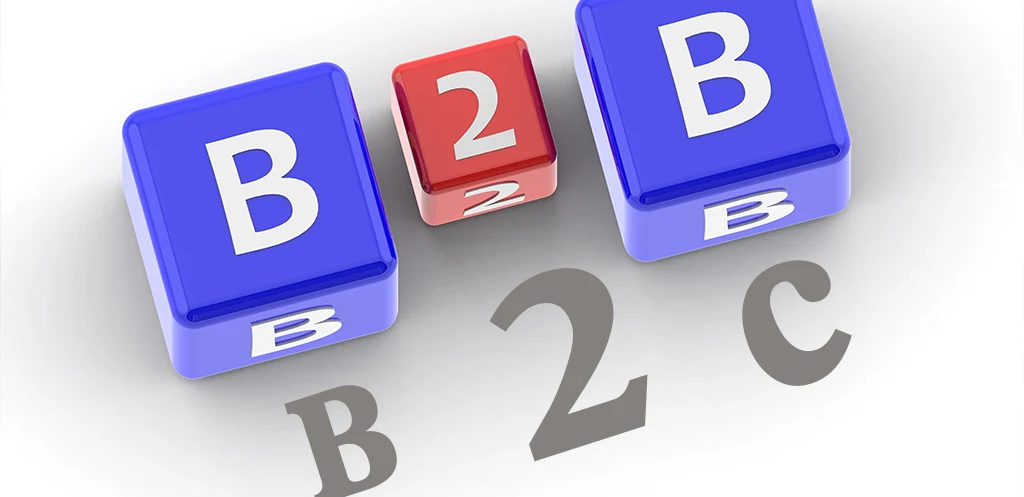
B2B vs. B2C Fulfillment?
While B2B and B2C models practically follow the same fulfillment process, the methods of execution in each stage are different, including the volume of inventory fulfilled, costs, shipping methods, and more which we explain further.
Costs
As B2B fulfillment deals with larger shipments, more labor, and equipment are needed to process and fulfill orders, and shipping costs are more because of the larger cargo being moved around.
Revenue Per Customer
B2B shipments mostly involve recurring bulk orders of raw materials, parts, and occasionally finished products while B2C shipments mostly involve a few pieces of finished products. As a result, the value of B2B orders can range in millions of dollars whereas the value of B2C orders ranges in tens and hundreds of dollars.
Buying/Sales Process
The sales process for B2B orders takes longer and usually involves quote requests, department approvals, and negotiations from the buying party.
Moreover, most retailers have a team of buyers responsible for finding products with good sales potential and negotiating with the supplier to get discounts and manage the relationship. On the other hand, the sales process for B2C is much simpler.
After identifying a need and comparing options online, consumers will buy from a store they like, or other times they identify a need and shop in the first place they see the solution.
Order volume
B2B orders are much larger than B2C orders in terms of volume and frequency. As a B2B supplier, your customers will often order every few months and just enough to satisfy forecasted demand for their business.
Whereas, B2C orders are typically for personal use so the quantity and frequency can’t be compared.
Payments
B2B payment plans usually involve procurement on credit or divided payments over an agreed period whereas most B2C orders are paid immediately via credit cards or payment methods accepted on the retailer’s website.
Shipping methods
B2B orders are mostly shipped by freight and palletized due to the number of items being transported. In contrast, most B2C orders are packed and delivered in boxes and sent usually by ground or air transit.
Fulfillment speed
Because B2B orders involve larger shipments, the shipping times are guaranteed to be longer than B2C shipments. Plus they cost more and require specialized labor and handling equipment for the smooth loading and unloading of product pallets.
B2C orders in contrast are shipped within a few days of the customer placing their order and they are far cheaper compared to B2B shipping.
You can find deeper insights into the difference between B2B and B2C fulfillment in our article here.
How Does B2B Fulfillment Work?
1.Receiving of goods
The first stage of the B2B fulfillment process involves receiving goods from a third party or supplier. Depending on whether you manufacture or not, these goods could be raw materials, parts, and components, or finished goods.
As the inventory arrives at your warehouse, your staff will inspect, count, and verify it to ensure the correct items and amounts are received and that they are in good condition.
2.Inventory management
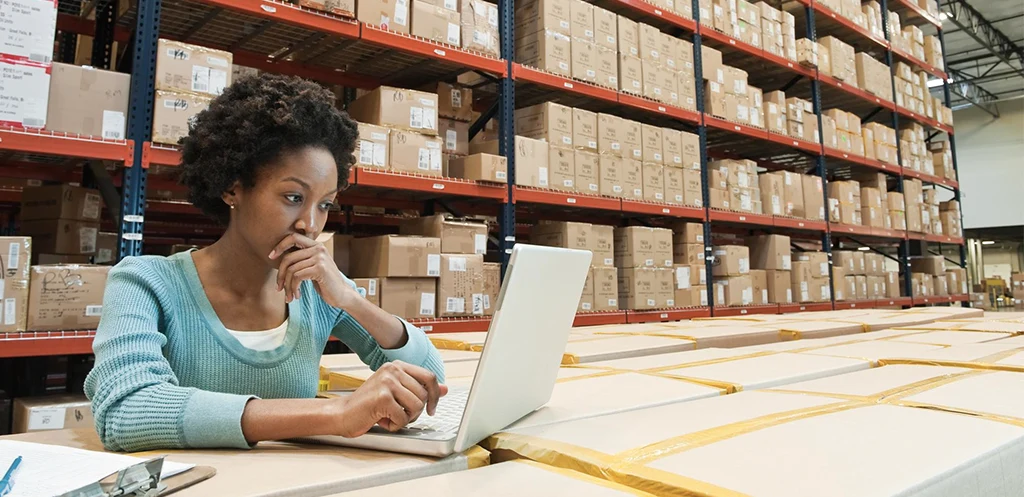
Once the inventory is received, your staff will move them to the space you have allocated for storage or prepare them for immediate order fulfillment.
To make tracking, storage, and retrieval easier as you store inventory, attach barcodes or SKU codes to each pallet or individual item which you can easily scan and run against your inventory management system at any time.
3.Order processing
The B2B order processing stage involves the processing and tracking of payments made by your B2B clients using a handy system called EDI or electronic data exchange.
Using B2B EDI, a retailer can send you digital purchase orders instead of a paper document. And equally, you can send a client a digital invoice instead of paper documents.
EDI has been in use for decades and both small and large retailers stick to it for transmission of shipment details such as quantities, labeling specifications, and invoicing.
Importantly, you should know that many B2B customers are strict about order receiving, so you may get charged a penalty or have your shipment returned if what you supply doesn’t match the specific order details communicated via EDI.
4.Picking
Picking simply refers to the locating and gathering of the items your customer requests. It involves generating a pick list from your order management system and using automated robots or manual workers to visit their storage racks and pick them up.
When partnering with fulfillment agents like Globallyfulfill, you do not have to worry about paying thousands of dollars to hire labor or buy machines. We provide that for you!
5.Packing
Once the items on the pick list are gathered, your picker or picking system will deliver them to the packing station where they are organized into pallets for ease of transportation.
At this stage it’s important to ensure the pallets or packaging materials are sturdy enough to protect the items from damage as they reach their destination, yet light enough to minimize packaging costs.
6.Shipping
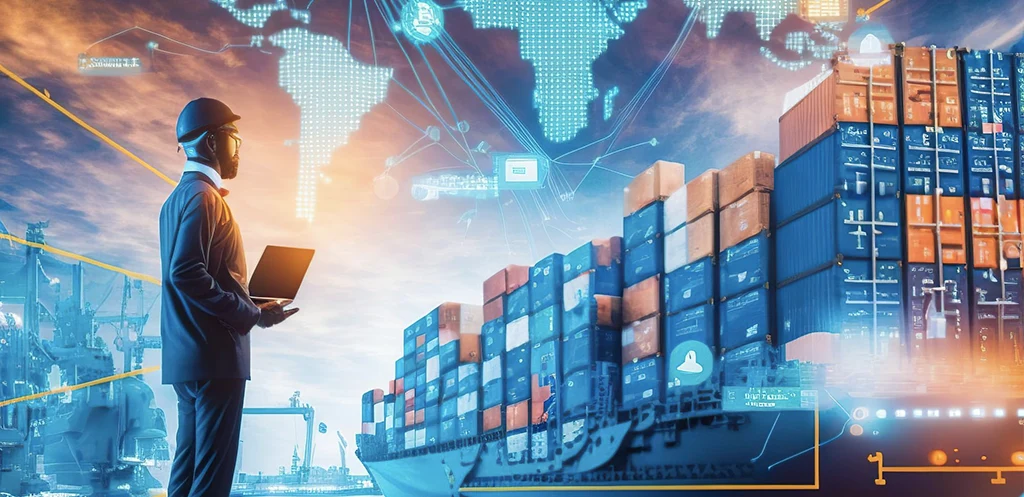
Once the order is packed and sealed, you will purchase a shipping label from carriers such as FedEX, UPS, etc. and attach it to the shipment. Afterward, your carrier will dispatch the cargo to be shipped.
Your carrier choice should depend on the order volume, the nature of the product, the client’s location, and the timeframe available. With these variables in mind, you may choose a freight company, ground or airline services.
7.Returns processing
Returns processing is a core process you must quickly and effectively if ever your client sends a shipment back.
First, it should involve quality checks to determine whether or not the product is in suitable condition to be restocked. If not you will have to discard, recycle, or repair them if repairable.
Second, after assessing and handling the returned items, your accounting team should process the refund and reimburse your customer.
Third, as you decide what to do with the returned cargo, carefully analyze your return cases to determine causes and patterns, especially if returns are frequent, the same items are being returned or a large volume of orders are returned.
Now that we understand how the fulfillment process works for B2B companies, let’s cover some challenges associated with B2B fulfillment.
Benefits of Fulfillment Services for B2B E-commerce Sellers
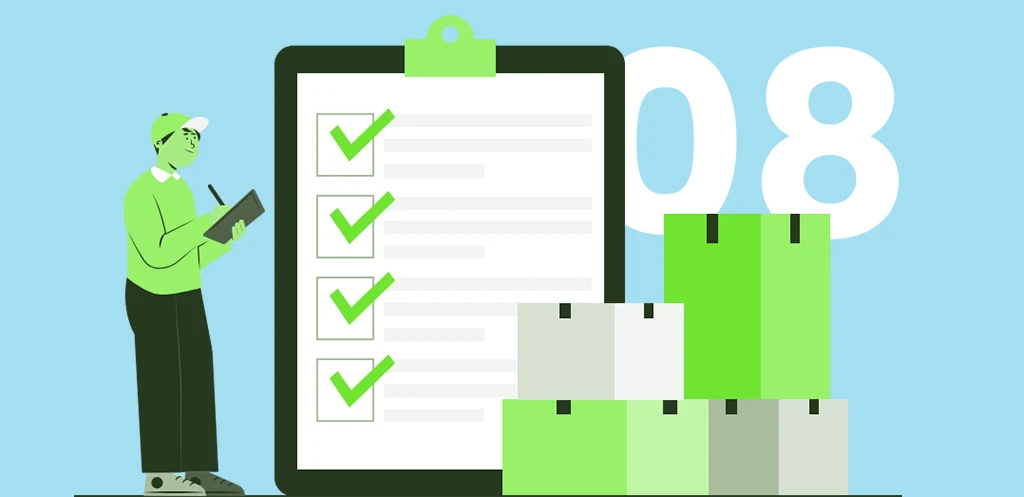
The right fulfillment services are meant to take the load off the sellers back so to speak. So, naturally, these are some of the benefits of working with B2B 3PL
Simpler and faster Shipping
Dedicated fulfillment companies have several shipping centers located across the country . This means that the right 3PL can minimize shipping times and costs for your B2B business since orders are shipped from the location closest to the customer.
As a result, you can easily avoid delayed shipping and breaking the trust of your clients. Plus, with consistent fast shipping times, you can boldly promise quick delivery time to incentivize more customers.
Convenience
Fulfillment services also take a huge load off the B2B seller. Because they handle warehousing, picking, packaging, customer support, etc for you, you don’t have to focus on overseeing the day to day activities involved with fulfillment.
You simply have to review their fulfillment goals and their on a consistent basis like every quarter so you can judge if they’re doing a great job.
More Time For Core Business Operations
Related to convenience, the ultimate benefit of using a fulfillment service is the time it frees up for you to focus on growth-related business activities like refining your product offerings, advertising and marketing etc.
When you can delegate redundant and non productive activities like fulfillment and hone down on the most important tasks, you’ll get better results simply because you can perform them with more commitment and time and your hands.
Access to The Latest Technologies
B2B companies need to be the best in the eyes of their customer. This often means leveraging latest technologies and being up-to-date on the latest processes in B2B fulfillment. Unfortunately, keeping up with these developments can weigh heavily on your company because of the extensive capital and human resources they require.
However, utilizing a fulfillment center ensures that the company can provide its buyers with the latest technology without the significant cost of constant technology updates.
What to Look For in a B2B Fulfillment Company?
To ensure that you can rest assured when it comes to B2B order fulfillment, you need to recognize the best fulfillment centers that fit your needs and offer all the above benefits more seamlessly. Here are some factors to look out for;
To find a fulfillment provider that can guarantee you the benefits we just talked about, you must ensure they fit your specific needs by looking out for these factors;
1.They should be able to meet your requirements. Perhaps you need cold storage to store perishables or you need customized storage racks to store oddly shaped objects.
Regardless of what exactly you’re looking for, only ever work with a 3PL that can accommodate the products you sell and meet the delivery times you want your brand to be associated with.
2.They should have multiple fulfillment centers. Always work with a B2B fulfillment provider that has several warehouses spread across the country.
That way, your 3PL can get products to customers faster and for cheaper.
3.They should have robust inventory and order management systems. An inventory management system enables the warehouse owner to label SKUs, track their location in a system and scan barcodes to verify that a product in question is what it is labeled to be.
On the other hand, an order management system such as EDI facilitates the smooth receiving and communication of order details and billing from your partners.
Final Thoughts
B2B commerce is a growing market because more businesses are discovering the potential in selling products to other companies. If you’re already offering B2B services or considering doing so to expand your ecommerce business presence, now’s a great time to do so.
Having said that, if you want to learn more about B2B fulfillment and commerce, be sure to check out our guide to B2B ecommerce dropshipping.

